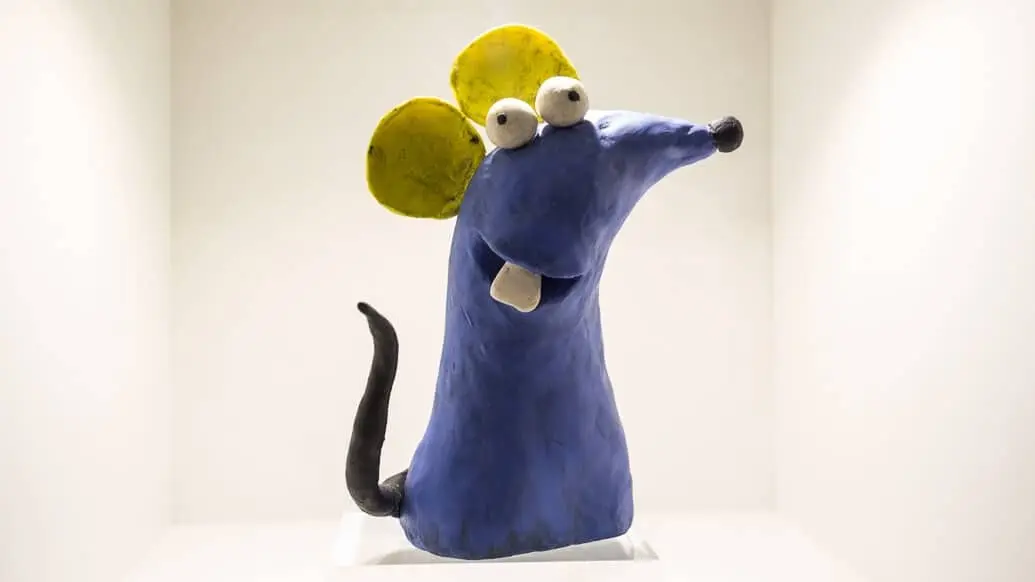Old textbook from the 50s.
Paramedic here, this is still half of how it’s done for choking in small children and babies. Five back blows, flip, five chest thrusts.
I…don’t get it. This is an old way to help a child that has something stuck in their throat. I mean, the heimlich maneuver was first described in 1974, so I guess this WAS in fact the best technique at the time. Keeping someone from suffocating is kind of important, and this seems like something you can do fast and easy (at least with a relatively small person).
That method is still mostly recommended, though mostly for younger children/babies. The Heimlich maneuver is difficult to perform on a small body. You either over squeeze, and cause harm, or are too tentative, and so not helping.
With babies, you hold them lying on your forearm, facing downwards, and slap (open handed) hard. I’ve only seen it used once, but it worked perfectly then.
And by wild we mean institutionalized child abuse.
Saving someone from choking is abuse?
Doing that is causing more harm than good. The logic that lead to recommending such action is derived from the institutionalized and abusive corporal discipline of the time. ‘I beat my kid all the time, this can’t possibly be bad for them. They can take it.’
It’s like a cartoon where someone is being held upside-down by their ankles and shaken. Also, commentary of the time.
If you honestly believe in 2024 what is pictured is helping, do not help.
Doing that is causing more harm than good.
Letting kids choke to death is the lesser harm here? Aight.
Have you considered googling your bullshit before leaving a comment? Though I’m inclined to think you’re just trolling since you’re comparing a life saving technique to beating your child. Either way, take a break.
I’ll believe medical professionals, you believe whatever you want to.
Medical professionals and guidebooks from the present day, not from 74 years ago. At the very least, stay away from my kid.
What started as a throwaway comment had to become a legitimate PSA.
Look at that horrible child abuse! /s
🦗🦗🦗
Somebody sure got real quiet all of a sudden, after talking a lot of shit…
Guess the PSA was actually for you, huh?
Here we have a great example of being confidently wrong.
Oh honey
Generally yes, but what’s shown here isn’t, it only looks a bit like it if you ignore the clearly spelled out context.
deleted by creator




